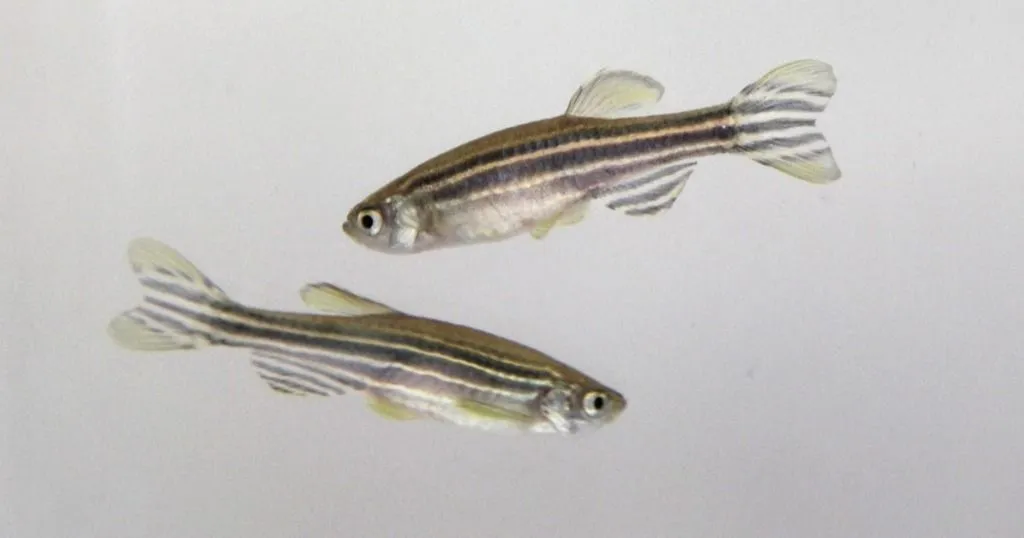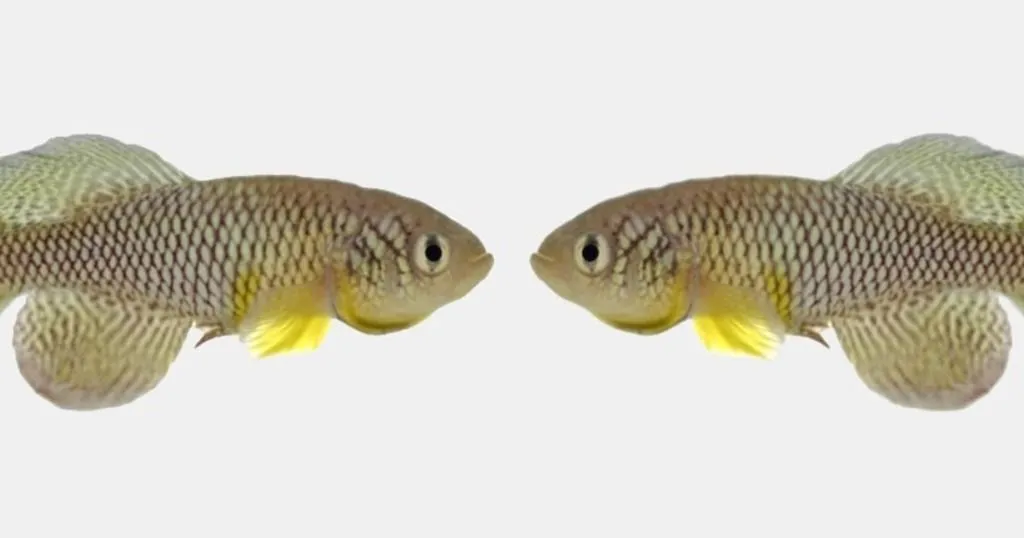Tracking zebrafish in 3D
Recognizing the lack of hands-on education, Dr. Kalueff has started organizing zebrafish behavioral neuroscience and phenotyping workshops. The workshops ran just before and after the SfN annual meeting, October 2012.
Posted by
Published on
Thu 22 Nov. 2012
Topics
| Danio Rerio | EthoVision XT | Track3D | Video Tracking | Zebrafish |
Zebrafish are an exciting, but still relatively new, model organism growing in popularity in behavioral neuroscience. We have highlighted recent behavioral work using zebrafish extensively, but compared to other models there are few textbooks or protocols available to those entering the field. Compared to mouse and rat phenotyping, the zebrafish community has a long way to go. Not only when it comes to protocol development and the availability of handbooks, but also with regards to professional training.
Tracking zebrafish in 3D at the Zebrafish Behavioral Neuroscience and Neurophenotyping workshop
Recognizing the lack of hands-on education, Dr. Kalueff has started organizing zebrafish behavioral neuroscience and phenotyping workshops. The workshops ran just before and after the Society for Neuroscience annual meeting, October 2012. The combination of the two events attracted researchers from around the world to join in on a lively discussion on zebrafish behavioral neuroscience.
I had the pleasure of attending this workshop as well. My personal reason for attending was to satisfy my interest in high-throughput screening in adult zebrafish, and automated video tracking. This is an area that is still very much up and coming, and excellent tools for it have already been developed. Nevertheless, the field is still in an exploratory phase. Mostly, because there is not clear standardization of the behavioral paradigms used, compared to rodent models for example. Dr. Kalueff showcased his work using the open field with zebrafish, and a shoaling paradigm. Looking superficially, my own work also used the open field and a shoaling paradigm, but is our work similar or entirely comparable? No. I believe that both approaches show promise and serve their purpose, but my open field is a few orders of magnitude larger than the open field in Dr. Kalueff’s experiments. These differing approaches only illustrate that we have not yet established many solid standardized tests yet in the world of zebrafish behavioral research. Different arena sizes could continue to be used depending on the hypothesis or goal of the study. This is the case for rodent studies as well, but for zebrafish not all approaches have been extensively validated yet.
Recently, some books have been published describing zebrafish protocols. These provide a valuable framework, but the number of established protocols is not as expansive as in, for example, the rodent literature. As zebrafish research develops, active discussion and collaboration will be the drivers of quality research. This workshop very much provided a starting point for this.
The focus of the workshop was on behavioral phenotyping, and particularly automated tracking of behavior using EthoVision XT. One aspect of EthoVision that was particularly highlighted was one of Noldus’ newest developments: Track3D. This EthoVision add-on makes it possible to track a subject in three dimensions using two cameras. Conventionally, 2D tracking has been the norm, but 3D tracking may offer some additional insights or benefits when phenotyping behavior. This was illustrated beautifully by Dr. Kalueff, using his laboratory’s work on zebrafish exposed to nicotine and LSD. Each compound produces traces that look somewhat similar in 2D, but provide distinctly different patterns when assessed in 3D.
For the time being, the data shown in the workshop was for a single fish being tracked in 3D. My work has revolved around shoaling, and I see 3D tracking as a phenomenal opportunity in this scope of work; finally we would be able to reliably track each individual fish without any fish being ‘switched’ or ‘lost’ by the tracking program. This brought our discussion to shoaling, and Dr. Kalueff’s shoaling paradigm. Active in person discussion, which was possible thanks to the workshop, brought up some interesting differences in what we see as shoaling or grouping behavior. Dr. Kalueff uses four fish in a standard home tank, and measures shoaling in response to pharmaceutical compounds. I explained my paradigm, where I use ten fish in a very large arena and try to model shoaling.
When looking at each of our papers superficially, I would have first argued that we are looking at shoaling in very different ways and that our results cannot be compared to each other. In fact, when taking a closer look it becomes clear that while we may measure shoaling slightly differently, and different shoal sizes, each of these approaches is able to answer the questions the approaches were designed for. Without active discussion, these subtleties may not have come to light as easily. My studies focus on natural shoaling behavior in a large open field, but for the purposes of pharmaceutical screening Dr. Kalueff required a small shoal confined to a smaller tank. As scientists we have to engage in active discourse to better understand not only how we research but more importantly why. A workshop like this one, is the perfect venue for this.
“We hope that this workshop will cover the need in bridging larval and adult zebrafish research, and improving the dialog between experts working with rodent and aquatic models. Eventually, this will foster innovative translational cross-domain and cross-species modeling of brain disorders”, Dr. Kalueff expressed.
Thanks to the success of this event, similar workshops will be held monthly throughout 2012-2013.
Related Posts

Zebrafish behaviors shows true effect of chemicals on aquatic animals

5 must-read articles on zebrafish behavioral research

